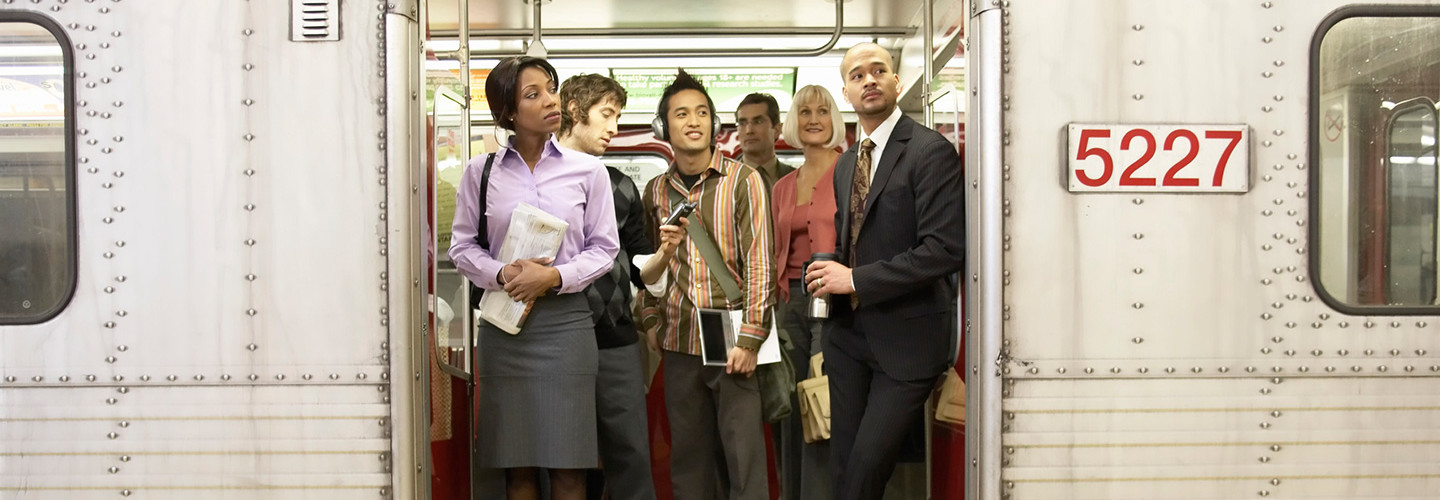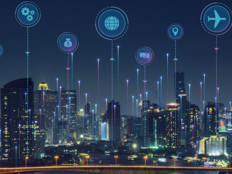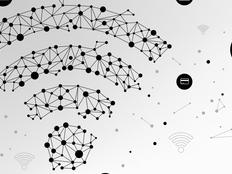The Smart Train: Exploring Cisco's Connected Transportation Solution
According to Cisco, now is the right time to step in and bring rail operations into the 21st century and the Internet of Everything. On Sept. 8 the tech titan unveiled its plans to take trains to the next level with its Connected Transportation Solutions.
Wim Elfrink, Cisco’s chief globalization officer and executive vice president of Industry Solutions explains, “The Cisco Connected Transportation Solution delivers an application-centric infrastructure to enhance commuter safety, communication and transport efficiency by connecting the unconnected, such as people, mobile devices, GPS tracking systems, sensors and data.”
This suite of Cisco solutions has four areas of focus:
Connected Station: Integrates multiple in-station networks and retail communication systems into one network, allowing easy access to travel information, integrated retail opportunities and improved passenger boarding process.
Connected Trackside: An IP infrastructure platform that uses a sensor network known as fog computing to gather train and track data and alert operators in real time to data abnormalities to improve their reaction time and thus help avoid accidents.
Connected Train: An onboard IP-based communication platform that supports Wi-Fi services, entertainment, video surveillance and automated operations.
Positive Train Control: Integrates onboard, trackside, wayside, signaling and back-office systems to help prevent train collisions, derailments and other human-caused accidents.
The Need for Connected Public Transportation
The American Public Transportation Association reported in March 2014 that public transportation use in the United States in 2013 hit 10.7 billion trips — the highest number in 57 years. This reflects an 18-year trend in which public transportation ridership increased 37.2 percent. The federal government appears to have taken note of this data, as President Obama’s proposed budget for fiscal 2015 includes an increase in transit and passenger rail spending from $12.3 billion to $22.3 billion.
This increased scrutiny of public transportation will yield improvements to operational models.
According to Barry Einsig, global transportation executive at Cisco, the rail industry in particular is ripe for the kind of efficiencies that the Internet of Everything and fog computing can produce, efficiencies that will improve operators’ bottom line.
“There’s an immediate impact on revenue from a capital cost as well as total cost of ownership,” he explained in an interview with BizTech. “Then there’s the opening up of new business models, so operators can create new sources of revenue. It’s not just operators that stand to gain from these technologies but also passengers. There are opportunities for new passenger and customer experiences as you begin to implement these new networks.”
Taken all together, it’s easy to see the potential for connecting and integrating these myriad network operations. For example, a couple who are on a weekend getaway, upon walking into Union Station in Washington, D.C., can quickly access up-to-date departure information on their mobile devices, not to mention special onsite retail and restaurant offerings.
Once aboard the train — which had its thinning brake shoes replaced, thanks to an alert from an embedded brake sensor — the couple enjoy seamless Internet connectivity from departure to arrival, spending their time planning what sites to see in New York City. The entire journey, they are oblivious to the potential collision outside of Philadelphia that was averted because of a Positive Train Control alert. Instead, they focus on enjoying each other’s company and the journey ahead.








